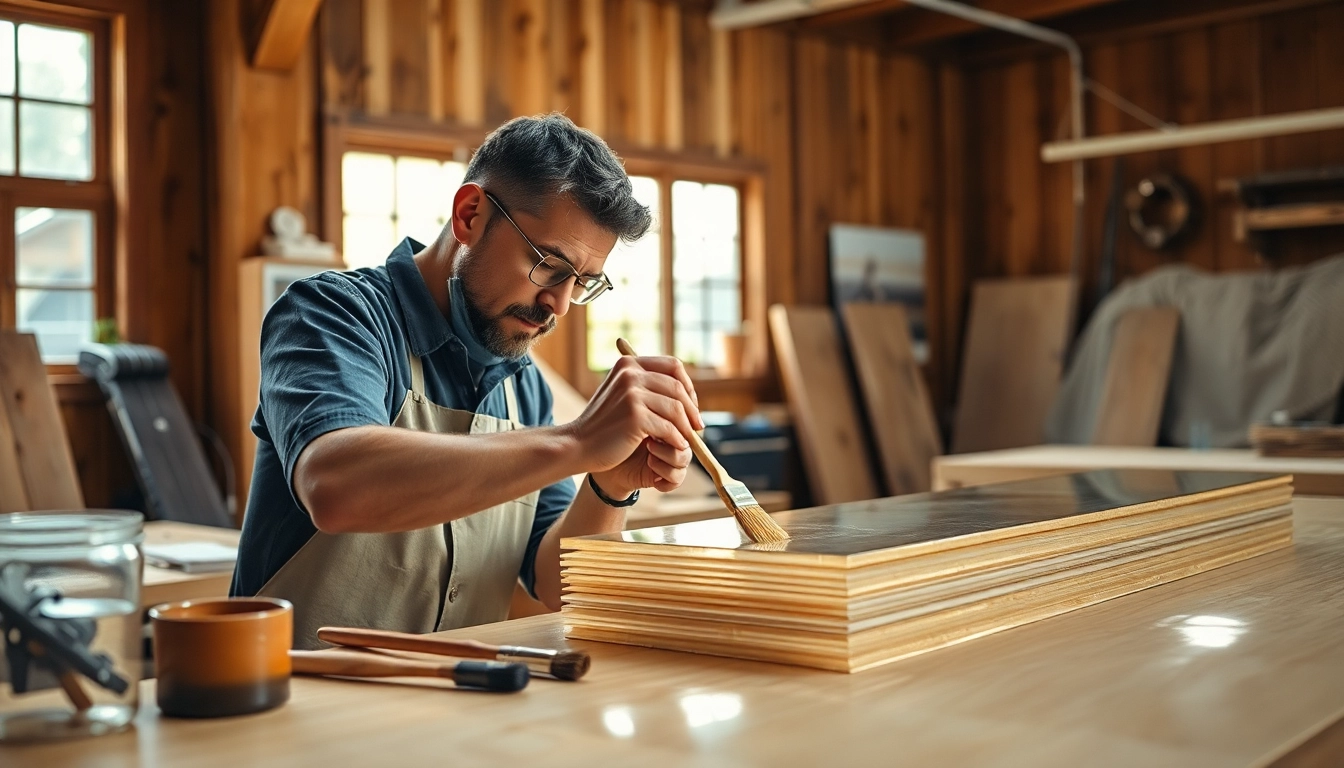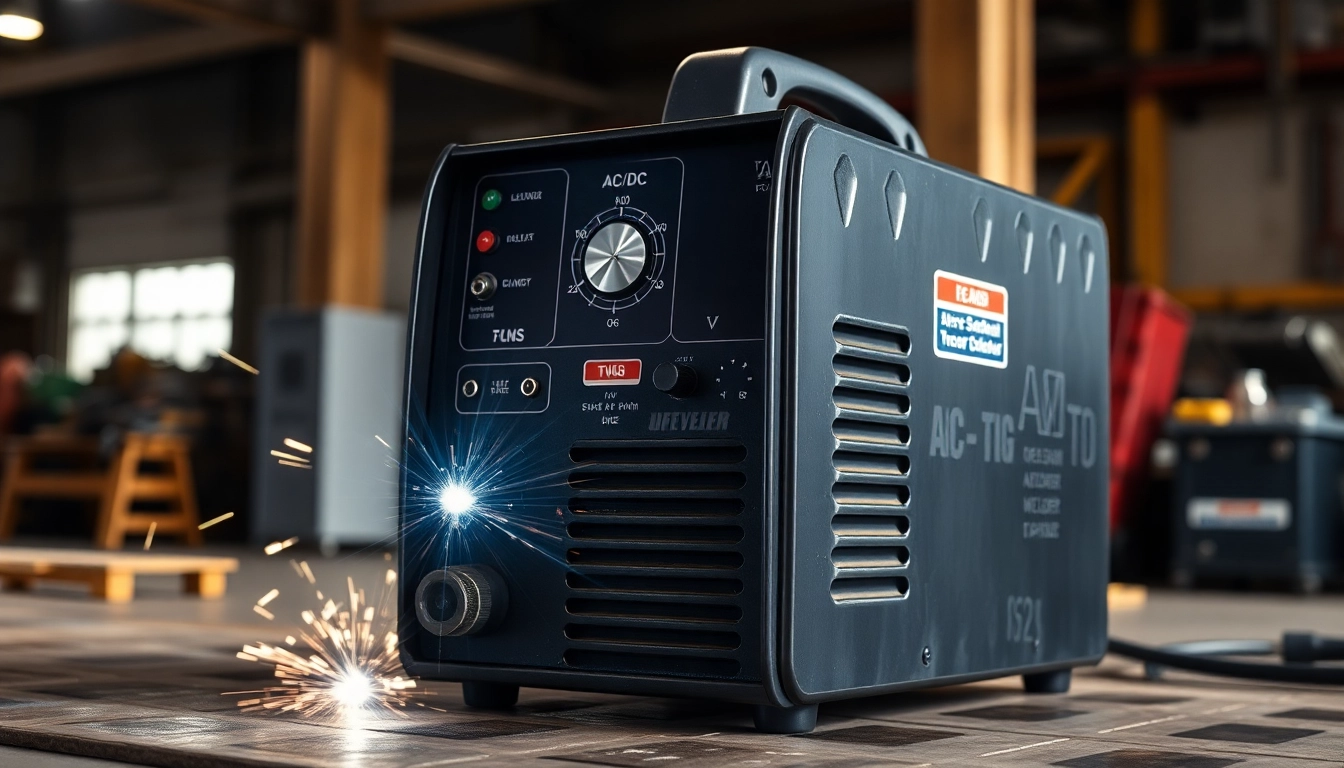Understanding Precision Die Cutting
What is Precision Die Cutting?
Precision die cutting is an advanced manufacturing process that involves cutting materials into specific shapes with high accuracy and consistency. This technique is widely used across various industries such as packaging, automotive, electronics, and healthcare. The essence of precision die cutting lies in its ability to produce intricate designs while maintaining tight tolerances that are often required for functional components.
At its core, precision die cutting utilizes custom-made dies that are shaped according to the specific requirements of the project. These dies can cut through various materials, including paper, plastic, rubber, and metals, making them versatile tools in commercial production. For companies looking to enhance their production capabilities, precision die cutting offers a reliable solution for creating custom parts quickly and efficiently.
Key Advantages of Precision Die Cutting
- Enhanced Accuracy: Precision die cutting provides tight tolerances, ensuring that each cut part is uniform and meets specified dimensions.
- Speed and Efficiency: The automated process enables rapid production cycles, which is essential for high-volume manufacturing environments.
- Cost-Effectiveness: Despite initial setup costs for dies, precision die cutting reduces material waste and labor costs in the long run.
- Versatility: This method can be used for a wide range of materials, making it an adaptable solution for various industries.
- Customization: Custom die designs enable manufacturers to create unique parts tailored to specific applications.
Materials Used in Precision Die Cutting
Precision die cutting can accommodate a variety of materials, each with unique properties that influence product design and production. Common materials include:
- Paper and Cardboard: Excellent for packaging, signage, and promotional materials, providing a cost-effective option.
- Plastics: Used in packaging and product housings; flexible yet durable, plastics like polyethylene and polypropylene are commonly cut.
- Rubber: Often used for gaskets and seals, rubber die cutting offers high durability and customization options.
- Foam: Ideal for cushioning and soundproofing applications, precision die cutting helps create precise foam shapes.
- Metals: Thin sheets of metal can be cut to form components in automotive and electronic devices, showcasing the process’s versatility.
Types of Precision Die Cutting Methods
Rotary Die Cutting Explained
Rotary die cutting is a continuous process that utilizes cylindrical dies to perform the cutting action. It is particularly efficient for high-volume production runs, where speed and consistency are paramount. In this method, the die is mounted on a rotating cylinder, slicing through materials as they are fed through the machine. This approach is ideal for producing intricate shapes and designs with minimal waste.
Flatbed Die Cutting Overview
Flatbed die cutting operates with a flat surface where the material is placed, and a matching die is pressed downward to make the cuts. It is versatile and can accommodate thicker materials, making it suitable for various applications. The flatbed method offers excellent precision for complex shapes but typically operates at a slower speed compared to rotary die cutting. The setup time for flatbed dies is longer, as it involves aligning the materials and die correctly.
Comparative Analysis of Die Cutting Techniques
When choosing between rotary and flatbed die cutting methods, manufacturers must consider several factors:
- Production Volume: Rotary die cutting is more advantageous for high-volume runs due to its speed, while flatbed is better suited for smaller batches.
- Material Thickness: Flatbed die cutting can handle thicker materials, whereas rotary is more effective for thinner sheets.
- Complexity of Design: Both methods can produce intricate designs, but rotary may have a slight edge for high details.
- Setup Time and Costs: Flatbed setups generally require more time and are more costly, while rotary die cutting can be faster for larger quantities.
Best Practices for Precision Die Cutting
Pre-Production Considerations
Before initiating a precision die cutting project, several pre-production considerations are vital:
- Material Selection: Ensure the chosen material aligns with the desired final product specifications and application needs.
- Design Specifications: Collaborate with designers to create die designs that accommodate production capabilities and material constraints.
- Prototyping: Develop a prototype to test the design and material compatibility before full-scale production begins.
Quality Control in Precision Die Cutting
Implementing a robust quality control process is crucial to maintaining high standards in die-cut parts:
- Regular Inspections: Institute regular checks of the die cutting equipment to ensure it is functioning correctly and producing consistent results.
- Testing Tolerances: Measure cut parts against specified tolerances to ensure they meet the necessary standards for the final application.
- Documentation: Keep thorough records of quality checks, material batches, and production runs to identify any trends or issues.
Choosing the Right Die Cutting Equipment
Selecting suitable die cutting equipment is essential for achieving precision and efficiency. Consider the following aspects:
- Machine Type: Determine whether rotary or flatbed cutting machinery aligns with production needs.
- Size and Capacity: Ensure the machine can handle the dimensions and thicknesses of the materials used.
- Software Compatibility: Check if the equipment integrates with existing design software to streamline the production process.
Common Challenges in Precision Die Cutting
Managing Material Waste
Material waste can be a significant concern in precision die cutting. To manage waste effectively:
- Improved Layout Designs: Optimize die layouts to minimize scrap material, ensuring the most efficient use of raw materials.
- Recycling: Implement recycling practices for any leftover materials to reduce overall waste output.
- Process Improvement: Continuously assess and improve processes to identify areas where waste can be reduced.
Avoiding Common Pitfalls in Design
Design missteps can lead to production delays or failure to meet product specifications. Avoid these pitfalls:
- Inadequate Testing: Always prototype designs to confirm functionality prior to mass production.
- Ignoring Tolerances: Design parts within the tolerances established for the chosen die cutting method to ensure proper fit and function.
- Complex Designs: Simplify designs where possible, as overly complex shapes can lead to production difficulties.
Tackling Precision and Tolerance Issues
Maintaining precision is paramount in die cutting, and managing tolerances can be challenging. Here are strategies to mitigate these issues:
- Regular Calibration: Schedule routine maintenance and calibration of die cutting equipment to maintain accuracy.
- Employee Training: Ensure operators are well-trained in equipment handling and the importance of maintaining tolerances.
- Vendor Collaboration: Work closely with material suppliers to guarantee that inputs meet necessary specifications.
The Future of Precision Die Cutting Technologies
Innovations to Watch For
Advancements in technology are continually shaping the landscape of precision die cutting:
- AI and Machine Learning: These technologies are being integrated to improve predictive maintenance and optimize cutting processes.
- 3D Printing Hybridization: Combining die cutting with 3D printing processes enables the creation of complex structures and quick prototyping.
- Advanced Materials: New composite materials are being developed that can be die-cut more effectively, expanding design possibilities.
The Role of Automation in Die Cutting
Automation is becoming increasingly prevalent in precision die cutting, offering several advantages:
- Increased Efficiency: Automated systems can streamline the cutting process, reducing cycle times and improving throughput.
- Consistency and Quality: Automation minimizes human error, leading to greater consistency in product quality and reduced defects.
- Data-Driven Insights: Automated machinery often incorporates data tracking to analyze performance and optimize processes in real-time.
Sustainable Practices in Precision Die Cutting
As sustainability becomes a growing concern, many manufacturers are adopting eco-friendly practices in precision die cutting:
- Eco-Friendly Materials: Utilizing biodegradable and recyclable materials contributes to a greener production process.
- Energy-Efficient Machinery: Investing in energy-efficient die cutting machines can significantly reduce carbon footprints.
- Sustainable Waste Management: Establishing comprehensive waste management and recycling programs allows companies to mitigate their environmental impact.


